|
Found in open, dry sandy places
Seen blooming in July on the Madera Trail, Santa Fe NF, Medanales Bristle Flax is difficult to see unless you see the bright yellow flower. It grows from 4 to 18 inches tall with slender open branches from the base of a hairless stem, and a few narrow leaves. Flower petals are a shiny, rich yellow with a hint of maroon at the base. The sepals below the petals, are narrow and pointed with a bristle at the tip. The flowers only last one day. The Navajo used it as a hemostatic. Source. If you trying to identify a different flower then you can check what other flower bloom this month. If you cannot identify a flower from the website, send a photo and where you took it to [email protected]. Read online for tips.
0 Comments
Found in water, wet soil, springs
Seen blooming in July in Agua Caliente Spring, Abiquiu Watercress grows with trailing, fleshy, hollow stems which float on the surface of the water or sprawl across mud. Tiny white flowers with four petals grow in clusters at the tips of stems floating above the water. It is a widespread and problematic invader of clear streams, springs and brooks, it can rapidly spread out on the surface of the water choking out natives and is listed as noxious and invasive by 46 states. Watercress is very rich in vitamins and minerals, and has long been valued as a food and medicinal plant. The stems and leaves are crisp and can be used as a salad with a pungent radish flavor. Leaves can be harvested year-round. Care should be taken if harvesting it wild; aquatic insects and spiders must be cleaned off and there is a risk of beaver-fever (giardia) or ingesting the toxins from polluted waters. It is considered a cleansing herb; its high content of vitamin C makes it a remedy that is particularly valuable for chronic illnesses. Applied externally, it has a long-standing reputation as an effective hair tonic, helping to promote the growth of thick hair. Source. If you trying to identify a different flower then you can check what other flower bloom this month. If you cannot identify a flower from the website, send a photo and where you took it to [email protected]. Read online for tips. Found on muddy shores and in shallow water
Seen blooming in July by the Rio Chama Softstem Bulrush can be found throughout much of the world. It grows from 4 to 8 feet tall with spongy, round stems which are easily crushed when gently squeezed and a few grass-like leaves. The flower head can be 6 inches across and consists of hairy, scaly, orange-brown florets on long, thin branches which spread, arch, or droop accompanied by a long, stiff bract which looks like an extension of the stem. The styles of the florets protrude and are white during the blooming period. Traditionally, there were many uses for the plant. Medicinally it was used as an emetic, to stop bleeding, for snake bites and as a love medicine. The shoots and roots were eaten, raw and cooked. The stems were used for weaving mats and baskets, in house construction, toys, ceremonial items, and other household items. Source. If you trying to identify a different flower then you can check what other flower bloom this month. If you cannot identify a flower from the website, send a photo and where you took it to [email protected]. Read online for tips. Found in sandy soils, disturbed soil, roadsides
Seen blooming in July in Arroyo Toro, Medanales Texas Croton has an aromatic smell when the leaves are crushed. It varies from 1 foot to 3 feet tall, depending on moisture conditions. It grows from a single yellowish stem with many branches and has a milky sap. The green to yellowish-green leaves are oblong and have silvery hairs beneath giving an ashy appearance. The tiny flowers grow in clusters with white sepals, no petals. Texas Croton produces a seed crop that is very valuable to dove, quail and other seed-eating birds, thus the common name Doveweed. Native Americans applied crushed seed powder to sores, steeped the leaves and took the liquid to treat venereal disease, stomach pain, and as a laxative. A liquid made by boiling the plant was used to bath sick infants and as an eyewash. Seeds were placed in the ears in the belief that they would help the partially deaf hear better. The Navajo used it on a large fire to smoke clothes and remove skunk smell. A Zuni medicine man chewed the dried root before sucking a snakebite. Source. If you trying to identify a different flower then you can check what other flower bloom this month. If you cannot identify a flower from the website, send a photo and where you took it to [email protected]. Read online for tips. Found in cultivated fields, disturbed soil
Seen blooming at the end of June by Tierra Azul Acequia, Abiquiu Unfortunately, this pretty plant with an amusing name is considered a noxious weed because its vigorous growth displaces desirable grasses. It grows from 1 to 3 feet tall in dense patches with narrow leaves and leafy stems. Looking very much like a snapdragon, the flowers are about one inch long and pale yellow with an orange lip. Butter & Eggs is an escaped ornamental brought to this country in the mid-1800’s. It was used as a yellow dye for centuries in Germany, so immigrants, especially the Mennonites, cultivated it for use in dyeing. This plant has a long history of use in folk medicine for a variety of ailments. The plant is especially valued for its strongly laxative and diuretic effects. It is employed internally in the treatment of oedema, jaundice, liver diseases, gall bladder complaints and skin problems. Externally it is applied to hemorrhoids, skin eruptions, sores and malignant ulcers. A homeopathic remedy is made from the plant and used in the treatment of diarrhea and cystitis. In addition, a tea made in milk instead of water has been used as an insecticide. Source. The Iroquois took an infusion of the plant as an anti-love medicine, to remove bewitching and gave it to babies that cried too much. If you trying to identify a different flower then you can check what other flower bloom this month. If you cannot identify a flower from the website, send a photo and where you took it to [email protected]. Read online for tips. |
AuthorI am Marilyn Phillips, a native of England, whose love of nature and the outdoors from childhood brought me by a circuitous route to Crested Butte, Colorado in 1993 and 16 years later to northern New Mexico. My exploration of the many trails in these areas, my interest in wildflowers and photography, and career in computer system design came together in this creation. If you have any corrections, comments or questions, please contact me by email. Archives
September 2025
Categoriescopyright © 2020
|

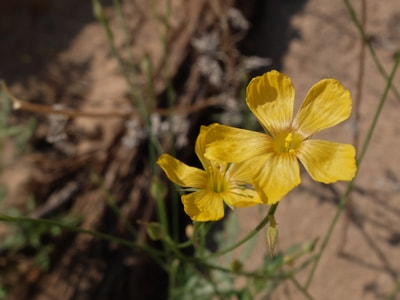
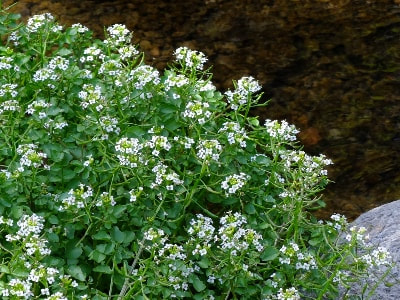
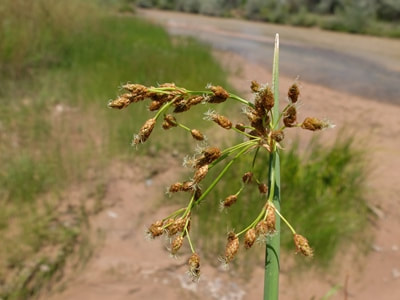
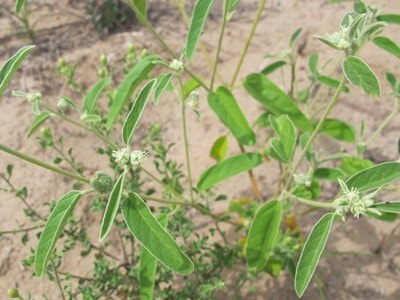
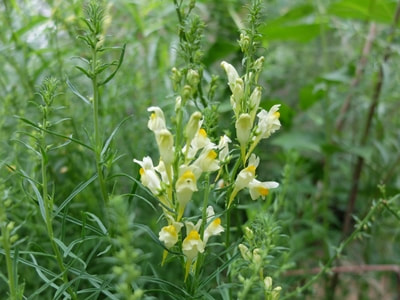

 RSS Feed
RSS Feed